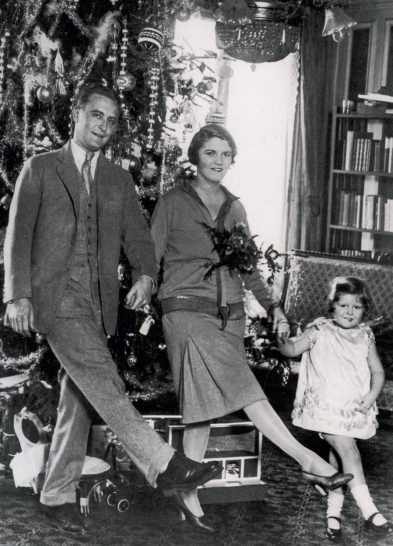
It is helpful to think of symbolism as a device that is similar to metaphor, yet more open in its significance. For example, in The Great Gatsby, F. Scott Fitzgerald writes of how, at weekends, Gatsby’s ‘Rolls Royce became an omnibus’. This metaphor is easy to understand: one thing (a Rolls Royce) is compared to another (a bus). The common ground is what makes the metaphor interesting. The reader might ask: in what ways is the Rolls Royce like a bus? At first the comparison might seem absurd: one of the most expensive, exclusive and exquisite forms of private transport is being compared to one of the most inexpensive, ordinary and functional forms of public transport.
Yet the more the reader ponders, the clearer and more apt the comparison becomes. Gatsby’s car, like a bus, runs a regular service — in this case between New York and his house, which perhaps suggests the routine nature of his parties, to which a great many people come. And there may be a hint of vulgarity in Gatsby’s use of this car that might seem beneath it: something that seems apt for both Gatsby’s parties and his characterisation as a social climber and one who, with his displays of wealth and extravagance, is desperately trying to draw his upper-class former lover Daisy into his social orbit.
Your organisation does not have access to this article.
Sign up today to give your students the edge they need to achieve their best grades with subject expertise
Subscribe




